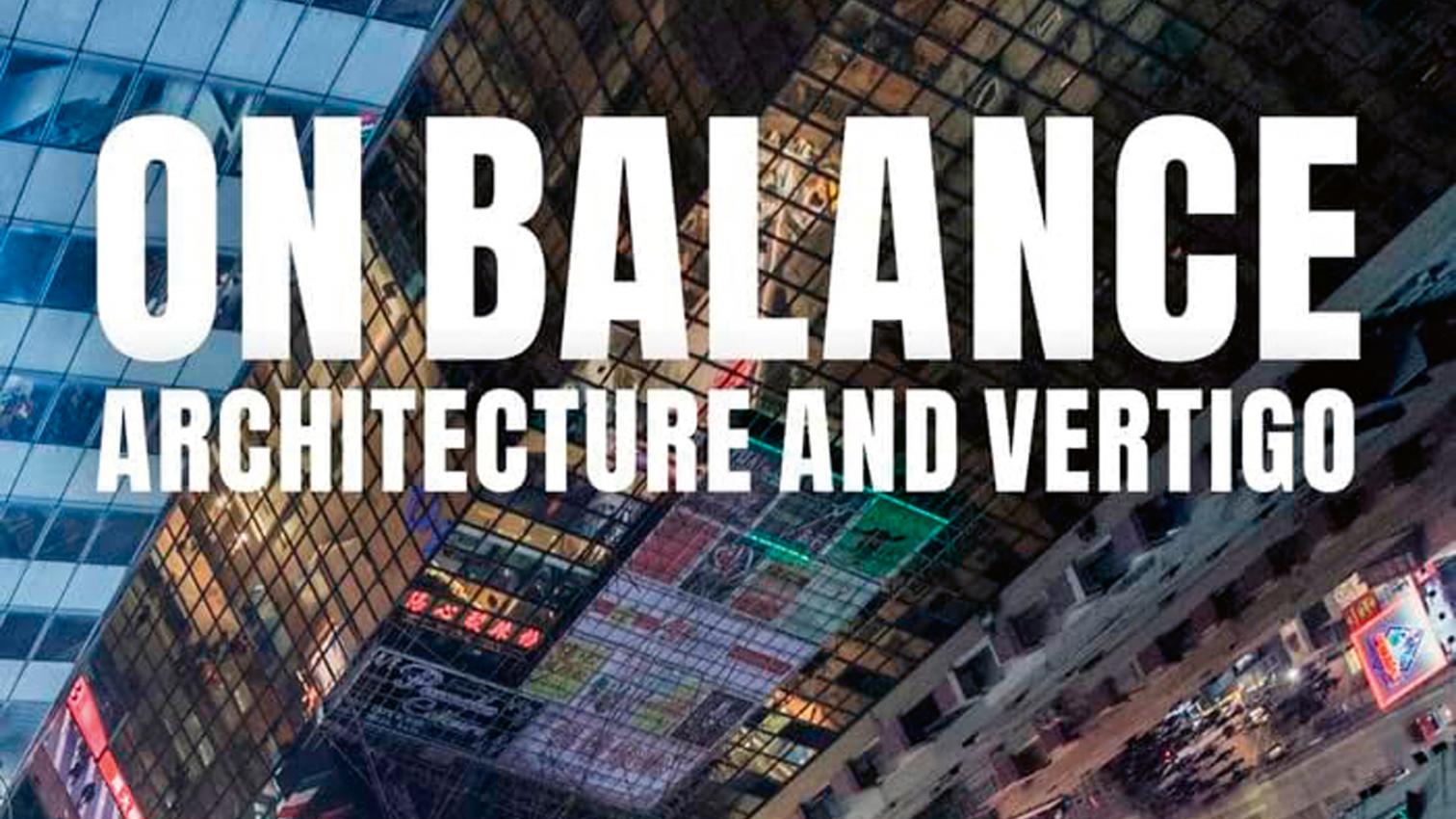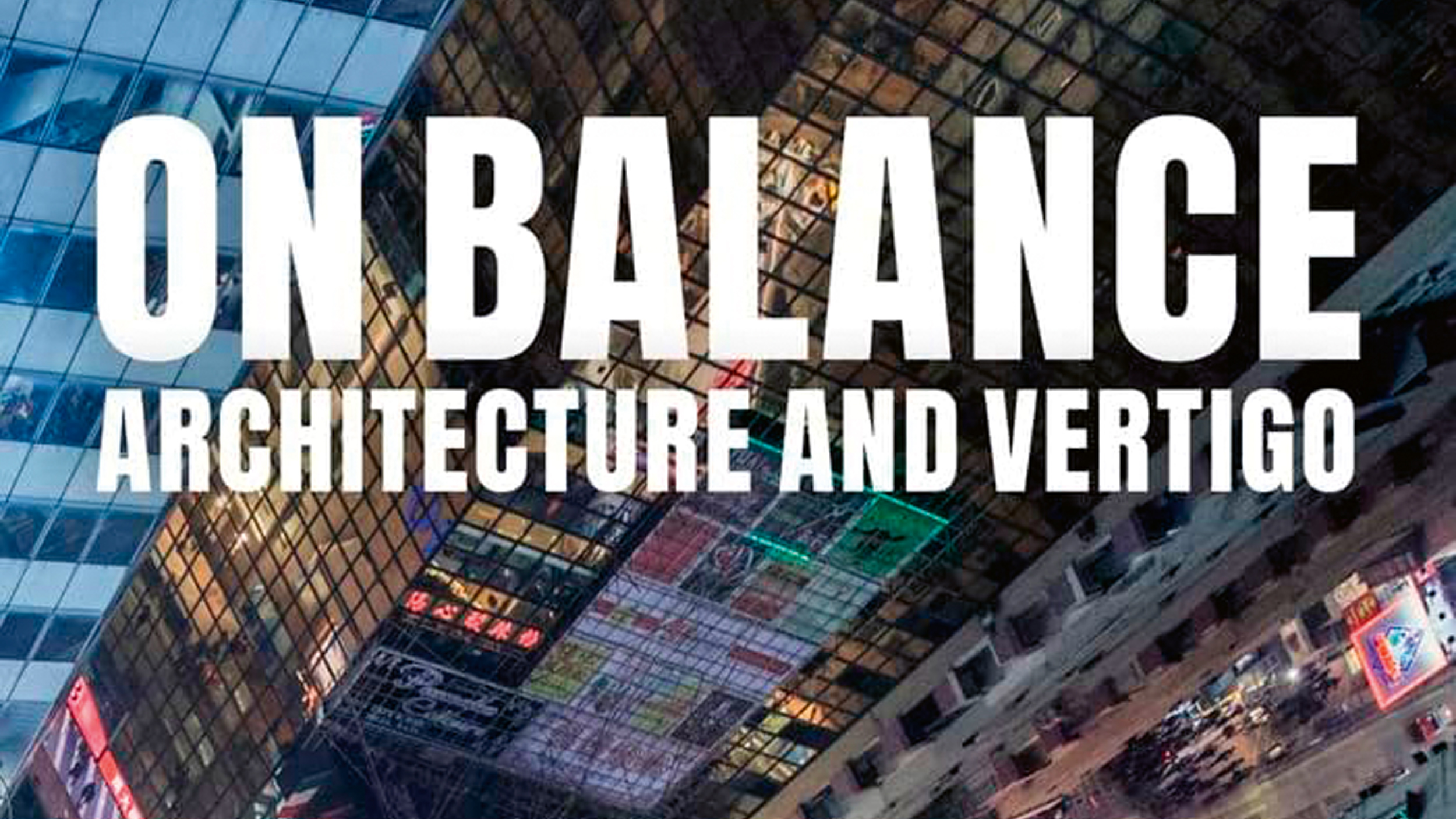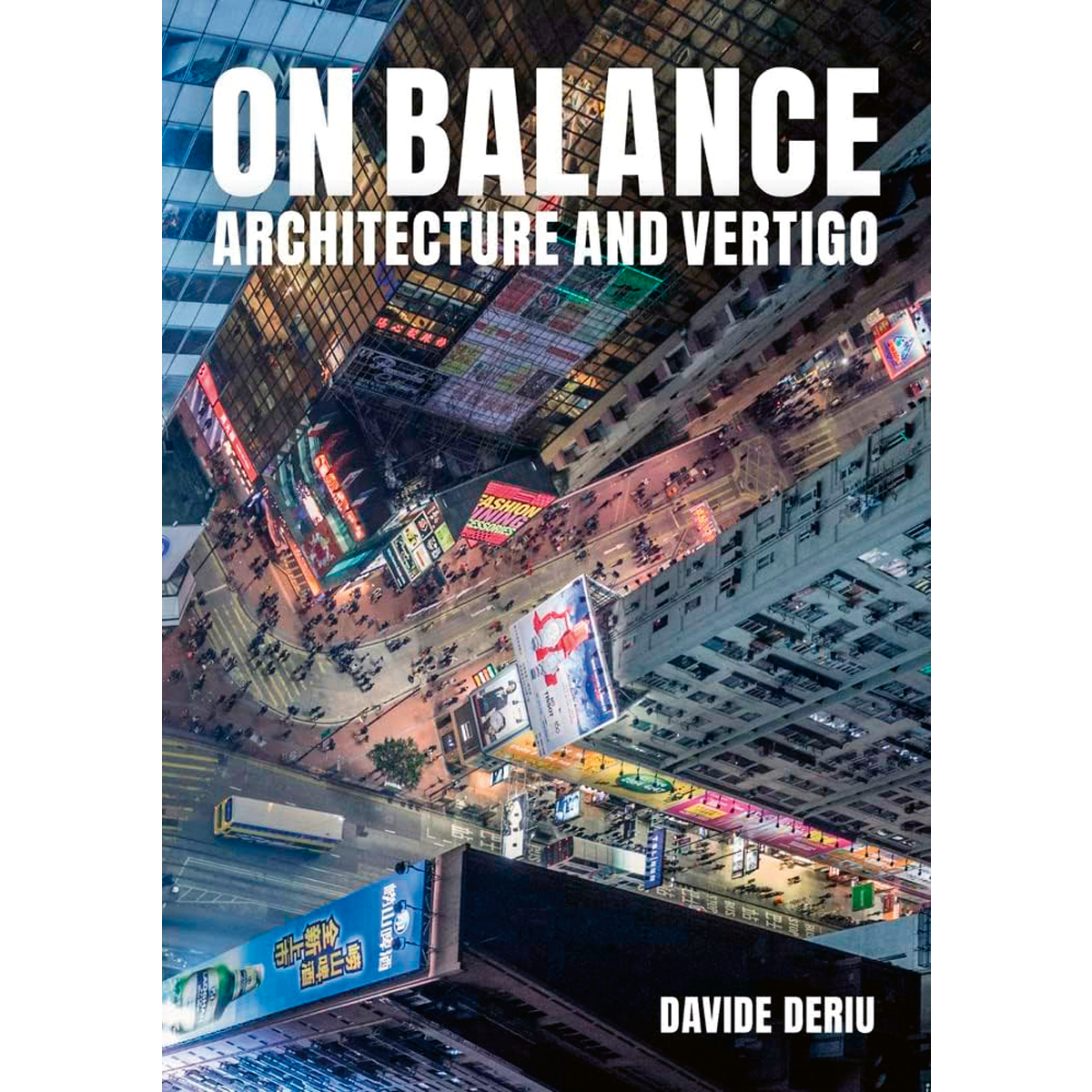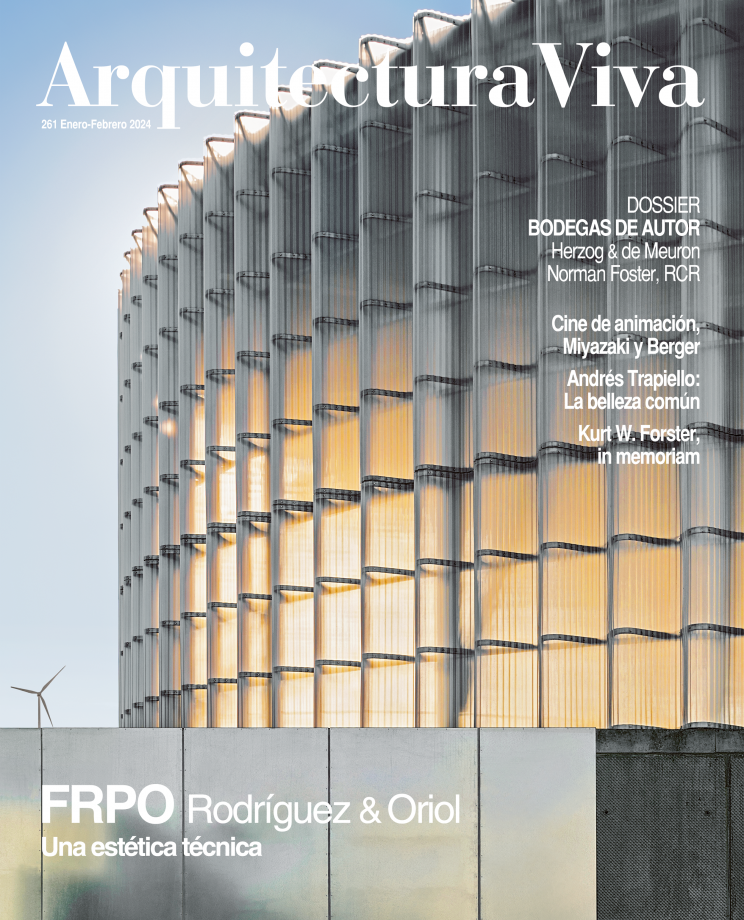
From childhood we want to climb trees, reach the top of a tower, or stand on a cliff’s edge for thrilling views. Since the 19th century the modern city has been associated with verticality, the dream of ever taller buildings in defiance of structural principles, to literally scrape the sky. Western culture has created a vertical scenery, but also a perceptive visual universe experiencing the vertigo that plays a part in our relationship with the abyss, a feeling known to climbers and funambulists.
The phenomenon, boosted by social networks, of taking selfies in daredevil positions atop buildings and vertical structures is a metaphor of the involvement of architecture and urban space in the precarious balance that characterizes contemporary social changes, disorienting us. Looking out, over, and down from heights provides farther panoramas and perspectives, which would give us a better understanding of problems and enable us to make more accurate diagnoses and more efficient solutions. But it also produces the insecurity typical of vertigo, the fear of losing one’s balance and falling.
This book by a Reader in Architectural History and Theory at the University of Westminster explores the ties between architecture and vertigo, through a historical-critical approach reminiscent of the anxiety-pleasure balance we get from high-rise urban living. With a good selection of illustrations, the author analyzes explicitly architectural cases like observation platforms, footbridges, and suspended pools, but also others taken from neuroscience, art, or photography.







